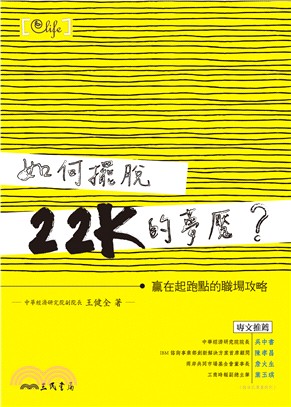Visual Plague
商品資訊
ISBN13:9780262544221
出版社:Mit Pr
作者:Christos Lynteris
出版日:2022/10/25
裝訂/頁數:平裝/308頁
定價
:NT$ 1710 元優惠價
:79 折 1351 元
無庫存,下單後進貨(到貨天數約30-45天)
下單可得紅利積點:40 點
商品簡介
相關商品
商品簡介
How epidemic photography during a global pandemic of bubonic plague contributed to the development of modern epidemiology and our concept of the “pandemic.”
In Visual Plague, Christos Lynteris examines the emergence of epidemic photography during the third plague pandemic (1894–1959), a global pandemic of bubonic plague that led to over twelve million deaths. Unlike medical photography, epidemic photography was not exclusively, or even primarily, concerned with exposing the patient’s body or medical examinations and operations. Instead, it played a key role in reconceptualizing infectious diseases by visualizing the “pandemic” as a new concept and structure of experience―one that frames and responds to the smallest local outbreak of an infectious disease as an event of global importance and consequence.
As the third plague pandemic struck more and more countries, the international circulation of plague photographs in the press generated an unprecedented spectacle of imminent global threat. Nothing contributed to this sense of global interconnectedness, anticipation, and fear more than photography. Exploring the impact of epidemic photography at the time of its emergence, Lynteris highlights its entanglement with colonial politics, epistemologies, and aesthetics, as well as with major shifts in epidemiological thinking and public health practice. He explores the characteristics, uses, and impact of epidemic photography and how it differs from the general corpus of medical photography. The new photography was used not simply to visualize or illustrate a pandemic, but to articulate, respond to, and unsettle key questions of epidemiology and epidemic control, as well as to foster the notion of the “pandemic,” which continues to affect our lives today.
In Visual Plague, Christos Lynteris examines the emergence of epidemic photography during the third plague pandemic (1894–1959), a global pandemic of bubonic plague that led to over twelve million deaths. Unlike medical photography, epidemic photography was not exclusively, or even primarily, concerned with exposing the patient’s body or medical examinations and operations. Instead, it played a key role in reconceptualizing infectious diseases by visualizing the “pandemic” as a new concept and structure of experience―one that frames and responds to the smallest local outbreak of an infectious disease as an event of global importance and consequence.
As the third plague pandemic struck more and more countries, the international circulation of plague photographs in the press generated an unprecedented spectacle of imminent global threat. Nothing contributed to this sense of global interconnectedness, anticipation, and fear more than photography. Exploring the impact of epidemic photography at the time of its emergence, Lynteris highlights its entanglement with colonial politics, epistemologies, and aesthetics, as well as with major shifts in epidemiological thinking and public health practice. He explores the characteristics, uses, and impact of epidemic photography and how it differs from the general corpus of medical photography. The new photography was used not simply to visualize or illustrate a pandemic, but to articulate, respond to, and unsettle key questions of epidemiology and epidemic control, as well as to foster the notion of the “pandemic,” which continues to affect our lives today.
主題書展
更多
主題書展
更多書展今日66折
您曾經瀏覽過的商品
購物須知
外文書商品之書封,為出版社提供之樣本。實際出貨商品,以出版社所提供之現有版本為主。部份書籍,因出版社供應狀況特殊,匯率將依實際狀況做調整。
無庫存之商品,在您完成訂單程序之後,將以空運的方式為你下單調貨。為了縮短等待的時間,建議您將外文書與其他商品分開下單,以獲得最快的取貨速度,平均調貨時間為1~2個月。
為了保護您的權益,「三民網路書店」提供會員七日商品鑑賞期(收到商品為起始日)。
若要辦理退貨,請在商品鑑賞期內寄回,且商品必須是全新狀態與完整包裝(商品、附件、發票、隨貨贈品等)否則恕不接受退貨。
























